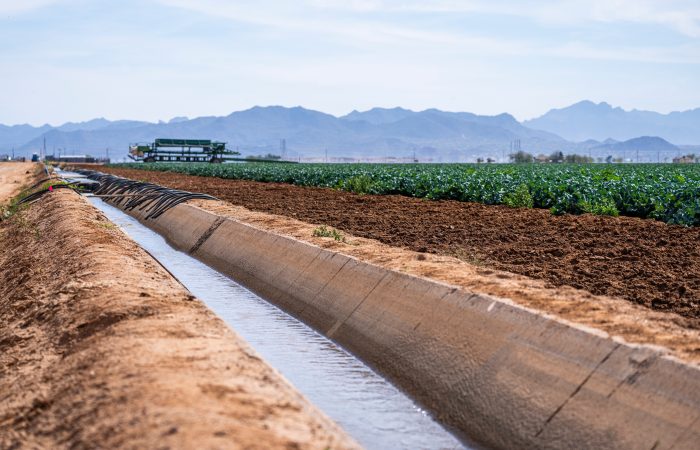Aligning our work with what is best for humans and the environment has always been our mission at Enduring Harvest. Since 2020, we have purchased, managed and overseen acres of land across the globe in developing nations and are in the process of transforming them into regenerative farms.
What is Regenerative Agriculture?
Regenerative Agriculture, also known as RegenAg, is a method of farming that nurtures and restores soil health, protects natural resources, enhances biodiversity, combats climate change and generates more nutritious produce. RegenAg encompasses a wide variety of innovative farming techniques that focus on protecting the ecosystem and restoring soil health. It has been adopted to reverse the devastating effects of conventional agriculture such as land degradation, depletion of natural resources, destruction of ecosystems and much more.
To simplify this otherwise complex method of farming, The 5 Pillars of regenerative agriculture listed below are the main components in any regenerative farm, regardless of scale.
1st Pillar: Soil Armor
Also known as cover crops, soil armor provides an array of benefits for the health of our soil. It protects the soil from erosion and increases the habitat for microorganisms within the soil. The soil will then hold nutrients better and retain water. Additionally, the soil armor will crowd out weeds, control invasive pests and ultimately improve the overall health of the soil and produce. (McNiff, 2022)
2nd Pillar: Minimizing Soil Disturbance
Soil disturbance, also known as tilling, is the practice of turning over the topsoil before planting new crops. Tilling is widely used in conventional agriculture, but has been found to have negative impacts such as disrupting the soil structure which causes soil erosion and surface runoff. No-till farming provides many advantages such as reducing soil erosion, increasing organic matter and microbe biodiversity to create a much healthier environment for crops to grow. (Creech, 2021)
3rd Pillar: Diversity
Crop diversification has historically been left out of conventional farming. Think about traditional apple orchards, corn fields, pumpkin patches etc. These style farms have little-to-no crop diversification which creates lasting ecological impacts. In order to create a truly healthy regenerative farm you must have a diverse ecosystem and not rely on one crop. (The principles of regenerative agriculture) A diverse diet for humans is necessary for adequate nutrition – it is the same with ecosystems. The more diverse the ecosystem, the healthier it is and everything you harvest from it will be.
4th Pillar: Continual Live Plants/Roots
Keeping living roots in the soil year after year is vital for feeding microorganisms at the bottom of the soil web. Continual live plants and roots will provide nutrients for living organisms higher up the food chain, creating a healthier ecosystem for all. (The principles of regenerative agriculture) Additionally, it maintains the structure of the soil and is the base for a healthy ecosystem.
5th Pillar: Integrating Grazing Livestock
Some experts say the most important aspect of regenerative agriculture is grazing livestock. Livestock will help cycle nutrients to build healthy soil and vegetation. They produce their own natural fertilizer and soil armor in the form of manure. Essentially, livestock function as living composters; aerating the soil, dispersing seeds, generating fertilizer and promoting healthy crop growth. Additionally, grazing is the healthiest and most cost effective way to feed livestock year round. (Discuss the role of grazing in a pasture-livestock system. 2019)
Citations
Acres U.S.A. (n.d.). The principles of regenerative agriculture. EcoFarming Daily. Retrieved January 27, 2023, from https://www.ecofarmingdaily.com/the-principles-of-regenerative-agriculture/
Creech, P. by E. (2021, August 3). Saving money, time and soil: The Economics of No-till farming. USDA. Retrieved January 27, 2023, from https://www.usda.gov/media/blog/2017/11/30/saving-money-time-and-soil-economics-no-till-farming
McNiff, N. (2022, December 27). Cover crops benefit both commercial farmers and Urban Gardeners. Farmers.gov. Retrieved January 27, 2023, from https://www.farmers.gov/blog/cover-crops-benefit-both-commercial-farmers-and-urban-gardener
Oregon State University. (2019, May 9). Discuss the role of grazing in a pasture-livestock system. Forage Information System. Retrieved January 27, 2023, from https://forages.oregonstate.edu/nfgc/eo/onlineforagecurriculum/instructormaterials/availabletopics/grazing/role.



